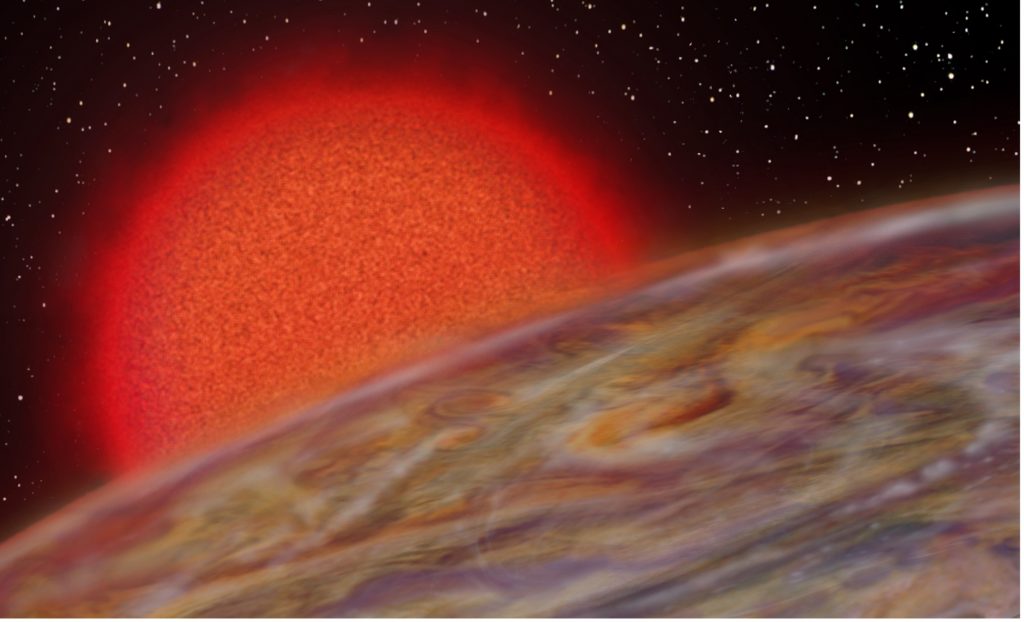
Credit: Karen Teramura/University of Hawaiʻi Institute for Astronomy
Astronomers have found three Jupiter-like exoplanets that are dangerously close to being ‘swallowed up’ by their host stars. The discovery gives new insight into how planetary systems evolve over time, helping to reveal the fate of solar systems like our own.
Three newly-discovered planets have been orbiting dangerously close to stars nearing the end of their lives...
Read More







Recent Comments